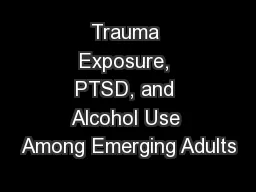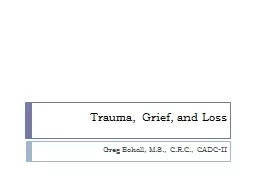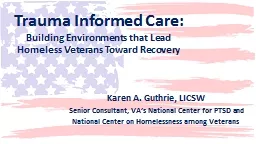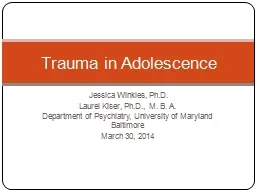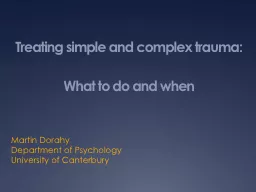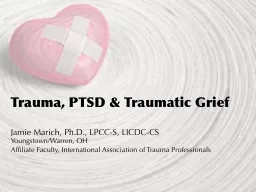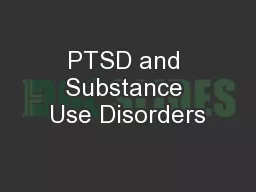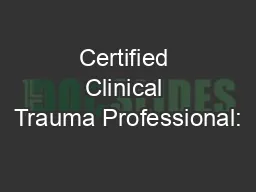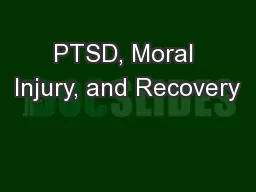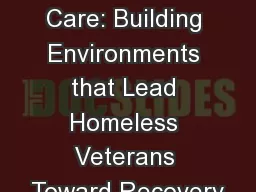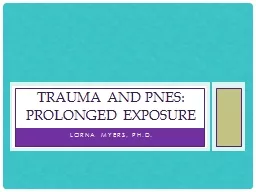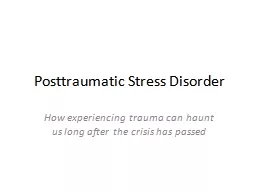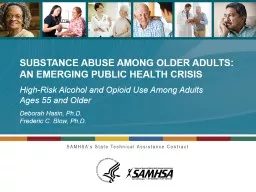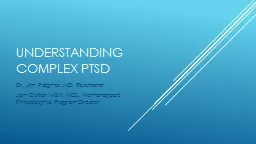PPT-Trauma Exposure, PTSD, and Alcohol Use Among Emerging Adults
Author : mitsue-stanley | Published Date : 2018-02-19
Ananda Amstadter PhD Virginia Institute for Psychiatric and Behavioral Genetics Trauma Type Females Males Total Sexual Victimization pre VCU 293 109 222 Physical
Presentation Embed Code
Download Presentation
Download Presentation The PPT/PDF document "Trauma Exposure, PTSD, and Alcohol Use A..." is the property of its rightful owner. Permission is granted to download and print the materials on this website for personal, non-commercial use only, and to display it on your personal computer provided you do not modify the materials and that you retain all copyright notices contained in the materials. By downloading content from our website, you accept the terms of this agreement.
Trauma Exposure, PTSD, and Alcohol Use Among Emerging Adults: Transcript
Download Rules Of Document
"Trauma Exposure, PTSD, and Alcohol Use Among Emerging Adults"The content belongs to its owner. You may download and print it for personal use, without modification, and keep all copyright notices. By downloading, you agree to these terms.
Related Documents

